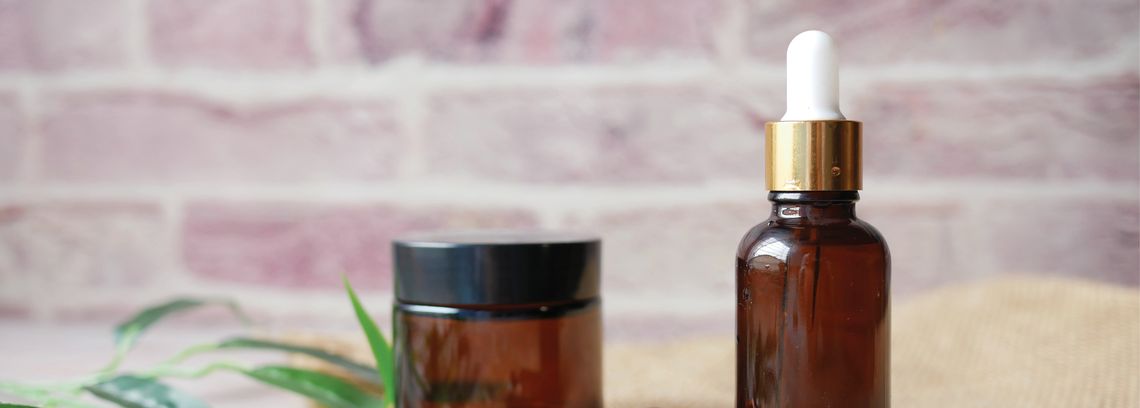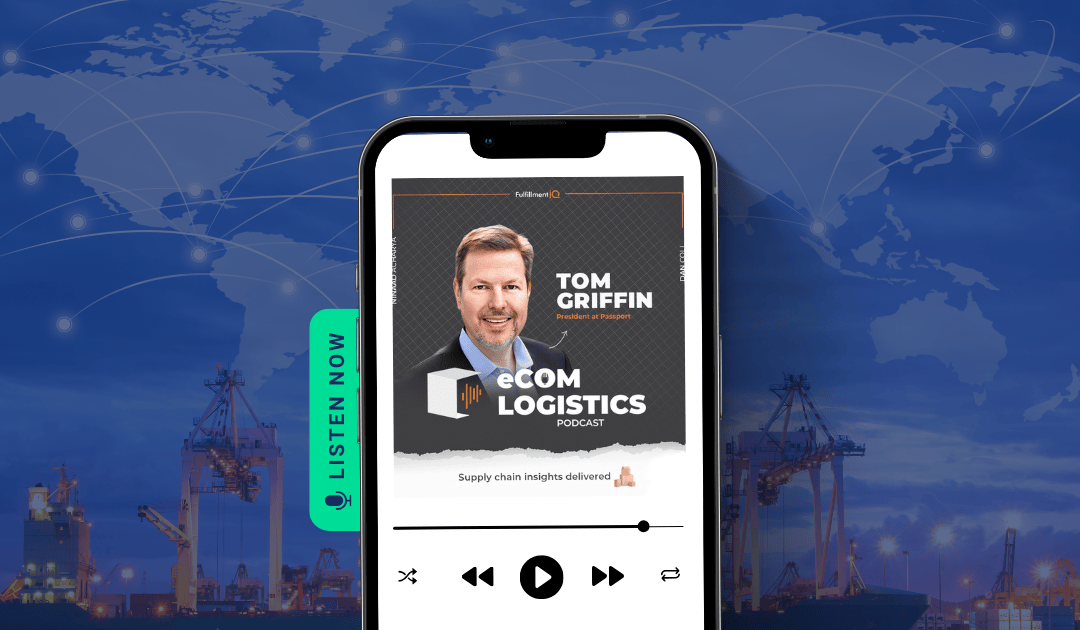Anyone can give you obvious advice. What you really want is the insider’s guide, those helpful tips that are known only to a select few.
But where do you find an expert willing to share the secrets that they have garnered over decades of experience? We had a Q&A session with one of our trusted advisors, a regulatory consultant with nearly 25 years of experience in customs and trade practice, where s/he shared their tips for DTC brands to ship cosmetics and personal care products internationally. S/he asked to remain anonymous — after all, our expert still has to play nice with customs agencies and regulatory authorities — but here’s the unvarnished insight that you won’t get elsewhere.
Disclaimer: This document does not constitute customs or trade advice. It is provided as a background document for informational purposes only. Merchants should consult a trade or regulatory expert for guidance on their particular situation.
Q: What’s your approach to compliance?
A: For cosmetics and personal care products, we (customs and trade consultants) like to look at it in terms of trade compliance and product compliance. There are two key questions to answer:
-
Will my products clear customs? That is a Trade Compliance question.
-
Will these products come under scrutiny from regulatory authorities (e.g. Ministry of Health) once in the market? These topics fall under Product Compliance.
With direct-to-consumer shipments, the chance of any sort of product compliance risk is very low. So our primary concern is with trade compliance. Regardless, we need to address both questions.
Q: What are some trade compliance best practices?
A: There are several resources available to tell us whether their products are prohibited or restricted (P&R). Clearly, prohibited items are more concerning as they may be refused entry. If products are on a restricted list, we need to dig deeper to see whether the quantity or concentration of an ingredient or chemical would make it prohibited.
On the customs clearance side, we would want to ensure that the Harmonized System (HS) codes are valid and that commodity descriptions don’t raise flags. For example, “wine time” is a great product name for a candle, but if you submit that to customs as a commodity description, their algorithms may flag it as an alcoholic product and hold it for inspection.
If your products are considered dangerous goods (perfume, lithium ion batteries, aerosols), we advise clients on whether the goods have restrictions, labeling, or packaging requirements. We look at the material safety data sheets (MSDS) and other product documentation for that review.
Q: What does it take to be fully compliant?
A: Being 100% compliant in all markets is very challenging for most DTC brands, and is often unnecessary for two reasons:
- The consignee is the importer and the party legally responsible for knowing the import regulations
- DTC shipments get less scrutiny than B2B shipments, both at customs clearance and when the local regulatory authorities perform market surveillance. They are largely looking at products on shelves where a consumer would rely on packaging to make a purchasing decision. If a consumer goes to a US website and makes a purchasing decision in English, having a physical product label translated into all 24 languages that are spoken in the European Union (EU) isn’t going to provide much value.
Q: What should brands consider before selling B2B?
A: If you were to sell to retailers who intend to put your products on local shelves, or even if you plan to hold inventory in the local market, the scrutiny increases exponentially. To be fully compliant with product regulations in the EU, for example, you would need to:
-
Hire a responsible person who has a local address in the EU
-
Test ingredients and review formulas
-
Substantiate marketing claims
-
Re-label products and packaging in all 24 local languages
-
Submit market notifications and product information files to regulatory authorities
-
Maintain records and present periodic reports
Brands can expect full compliance to cost $2k-$4k per SKU per market and take 4-9 months to complete, and that’s just the market approval cost. The real cost and burden could be in re-labeling and re-packaging those SKUs for the EU market.
Q: What’s the risk of non-compliance?
A: As with all compliance matters, regulatory authorities take a “risk-based approach” to enforcement. This means that the punishment matches the crime. If your label is not translated into Latvian, they probably won’t care all that much. If you are selling dangerous ingredients like Human Growth Hormone or anabolic steroids, they are more likely to issue a stop sale notice.
Q: How should brands think about compliance?
A: In the end, compliance is a business decision that the brand must make. Even if the products are technically prohibited (e.g. shipping supplements to Sweden), the brand may make a business decision to move forward and take the risk that their products are held or refused entry. That is their decision. Our job is to give them enough information to make that call.
Q: What can brands do to limit the risk?
A: While DTC is much simpler from a compliance standpoint, it’s a best practice to ensure that your ingredients are not restricted or prohibited. The US Food and Drug Administration (FDA) bans 11 cosmetic ingredients like Chloroform and Mercury from being used in beauty and skincare products, while Canada prohibits or restricts over 500 chemicals. The EU regulates more than 1,300 ingredients. The EU member states have active market surveillance programs that detect and report unsafe non-food products through the Safety Gate portal. For example, here is a nail product that “contains dibutyl phthalate (DBP), whose use is forbidden in cosmetic products. The phthalate may be harmful to human health, causing possible damage to the reproductive system or the unborn child.” Checking to make sure your chemicals and ingredients are not prohibited is the best first step brands can take to mitigate compliance risks.
Q: How can brands get an ingredient or chemical review?
A: If you want to ensure that the chemicals and the concentrations are compliant, there are any number of regulatory consultancies that can help. They would need the following information to get started:
• The official brand name of the product
• Material Safety Data Sheets (MSDS)
• The formula with the amounts of each chemical ingredient, including the source material where applicable
• A link to the product on your site
• An image of the label if it is not available online
So, there you have it. Here are key takeaways from our frank conversation with a regulatory expert:
-
Understand your products. Checking to make sure your chemicals and ingredients are not prohibited is the first and best step brands can take to mitigate compliance risks.
-
Not all compliance is the same. DTC is much simpler from a compliance standpoint, while if you were to sell to retailers who intend to put your products on local shelves, or even if you plan to hold inventory in the local market, the scrutiny increases exponentially.
-
Compliance is a business decision that the brand must make. Even if the products are prohibited, the brand may make a business decision to move forward and take the risk that their products are held or refused entry.
-
Being 100% compliant in all markets is very challenging for most DTC brands, and it is often unnecessary.
We hope you found this useful! If you have any other questions for us or for our regulatory expert that we can cover in a future blog, please let us know at hello@passportshipping.com with subject: “Blog: Regulatory expert talks about international shipping for cosmetics and personal care”
How Passport can help
Passport has helped hundreds of cosmetics and personal care brands reach a global audience. Through smart transportation routing, an internal compliance team, and total landed cost shipping solutions, we take the guesswork out of international shipping.
Here’s how we help cosmetics and personal care brands expand to new markets:
-
Ingredient reviews. Passport works with top regulatory consultants with specialties in select markets or products. For qualifying brands that ship with Passport, ingredient reviews are conducted at no cost to the brands.
-
Market assessments. Some markets are more difficult to access than others. The type of product, the chemicals and ingredients, and the product’s use are all factors we consider to help brands understand where to focus their international expansion efforts.
-
Problem resolution. Issues are bound to arise. Passport has an in-house compliance team that works with customs and market regulatory agencies to resolve these issues on the brand’s behalf.
-
Tax compliance. Understanding whether you have to register for a local tax ID is complex and challenging. Passport has a suite of fiscal solutions that can take on the indirect tax burden for brands so that they can reduce time to market.
-
HS codes and descriptions: We can help provide full HS codes or review your product database for accuracy, and work with you to assign product descriptions that are compliant but innocuous.
-
Import licenses and permits. For brands that want to be fully compliant with market regulations, and for brands looking to expand into B2B channels, Passport can help them obtain local import permits so that they gain and keep access to key markets.




